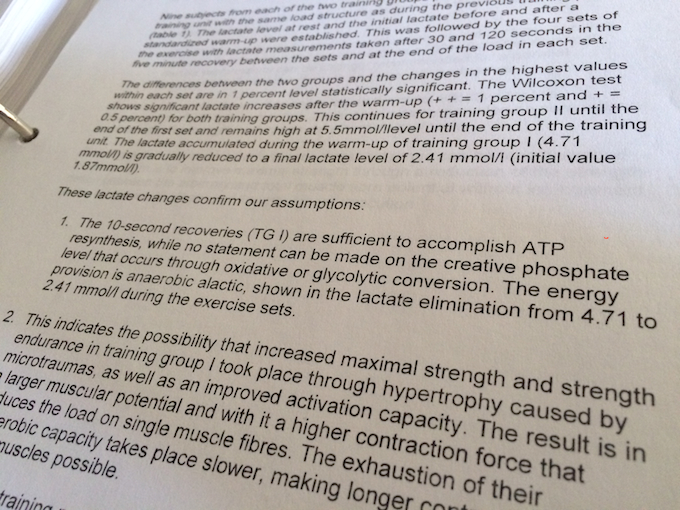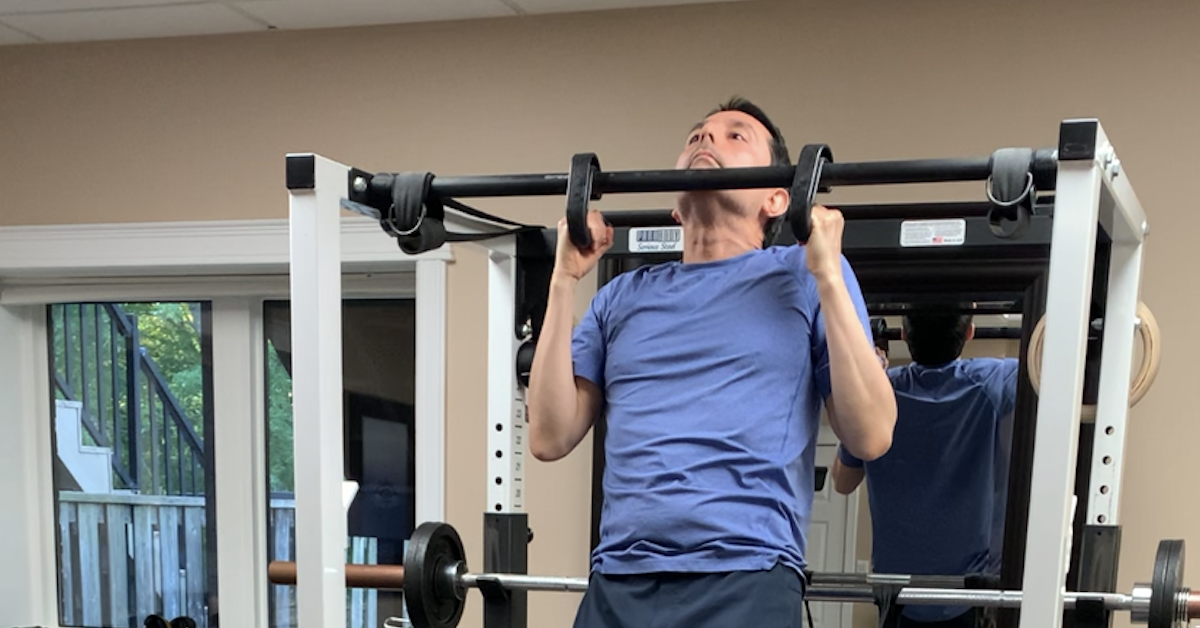When performing unilateral (one side at a time) training, the common advice is to start with your weaker side while you’re fresh, and then train the stronger side afterward. Many times, that strategy works well.
However, there’s another school of thought that suggests starting with your stronger side to potentiate the nervous system — essentially “priming” your body so you can get more out of your weaker side. That approach can work, too!
So… Which Side Should You Start With?
Like most things in the strength game, it comes down to trial and error. Try both methods and see which gives you better results.
Here’s a quick test:
→ If you get 12 reps on your stronger side but can only manage 8 reps on your weaker side, starting with the stronger side may not be ideal — at least for that particular exercise.
Other Considerations
→ If both sides are fairly balanced in strength, feel free to alternate which side you start with on each set.
→ If there’s a noticeable difference between sides — more than 10% in strength or 3 cm in circumference (Zatsiorsky, 1995) — then it’s wise to:
- Start with the weaker side.
- Assign more work to the weaker side to help close the gap.
The 10-Second Rule
Always rest about 10 seconds when switching from one side to the other. That short break can make a big difference in performance!
Research shows that a 10-second recovery period is sufficient for ATP resynthesis in bilateral training (Pampus et al., 1989). In my experience, the same holds true for unilateral work.

Bottom Line
Test both approaches and see which works best for you — exercise by exercise. Over time, you’ll quickly figure out whether to start with your weaker or stronger side for optimal results.

From Zero to Two: Leo’s Chin-Up Breakthrough
When Leo began training with me in September 2024, our first goal was to improve body composition — lose fat,

Resistance Training Foundations: How to Progress Safely and Build Real Strength
Resistance training isn’t just for bodybuilders. Whether you’re just starting out, returning after a break, or training for performance, knowing

Neck Extensions Before Arm Curls: Unlock More Strength
When most people warm up for arm curls, they’ll hit a few light sets or maybe stretch out a bit.
follow
Error: No feed with the ID 2 found.
Please go to the Instagram Feed settings page to create a feed.
